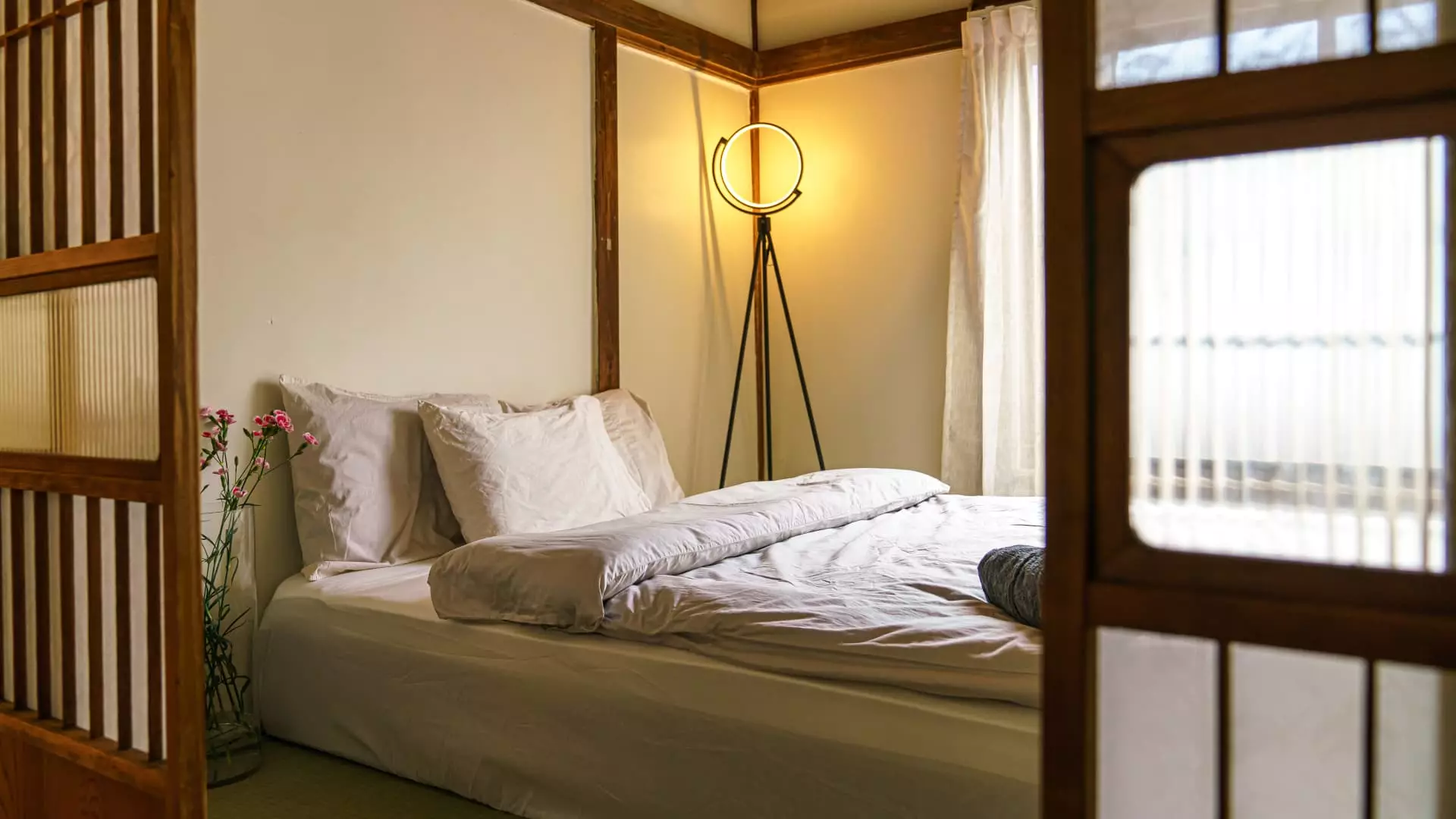For many, the notion of abandoned properties evokes discomfort or a sense of loss. However, for Anton Wormann, a 32-year-old Swede who relocated to Japan in late 2018, these “akiyas” (the Japanese term for empty houses) symbolize opportunity and potential. The stark reality in Japan today reveals an increasing number of these derelict homes, with estimates indicating around 9 million unoccupied properties scattered throughout the nation, many of which can be acquired for a mere $10,000. While a shortage of housing is a pressing global concern, Japan is confronted with a unique oversupply problem shaped by a demographic crisis, characterized by a dwindling population and a rapidly aging society.
The allure of these vacant homes transcends mere economics for Wormann; it is a personal passion deeply rooted in a love for creativity and craftsmanship. Inspired by his childhood experiences of discussing renovation projects with his father, Wormann’s intrinsic motivation to transform neglected spaces into beautiful, livable environments spurred him to explore the options available upon his move to Japan.
Japan’s demographic challenges cannot be overstated. As the fertility rate sinks to a record low of 1.2 births per woman and the proportion of elderly citizens (those aged 65 and over) is projected to exceed 30% of the total population by 2024, the country is witnessing a troubling paradox. Houses that once resonated with laughter and life now stand idle, waiting for revival or demolition. The unmet need for revitalization not only threatens the picturesque countryside and charming neighborhoods but also creates an emotional disconnect between the present and the cultural heritage of the past.
For Wormann, it was not just a financial decision to invest in dying neighborhoods; it was also a cultural mission. He recognized that these homes contained layers of history and untold stories that, if revived, could maintain the aesthetics and integrity of Japanese architectural elegance.
Wormann’s journey began with the purchase of a dilapidated property adjacent to his own residence. Utilizing contacts within his community, he managed to reach the heirs of the home, which had been abandoned for nearly a decade after its elderly owners passed away. It did not come without its challenges; the property was a time capsule filled with belongings and structural deterioration—including termite infestations. The initial prospect was daunting, leaving Wormann overwhelmed but undeterred.
Determined to harness his skills as a renovator, Wormann began the labor-intensive journey of restoration. The renovation process spanned 15 months and involved a staggering 1,500 hours of meticulous work. The experience was transformative not only in terms of physical labor but also in enhancing his connection to the culture that had captivated him. “You feel where and how you want things to be done,” he explained, emphasizing the emotional investment that comes with designing and restoring a space. Every choice—from preserving original details to optimizing natural light—reflects his profound engagement with the environment.
The financial implications of Wormann’s endeavor are equally compelling. After an estimated total investment of around $110,000, the transformed akiya now serves as a popular Airbnb listing that brings in approximately $11,000 per month, catering to tourists yearning for authentic Japanese experiences. Through his hard work and dedication, what began as a personal passion project has blossomed into a burgeoning real estate venture. Wormann now owns eight properties in Japan, seven of which were once akiyas, and he continues to invest in the revitalization of these homes.
Wormann’s story highlights an important economic facet of Japan’s aging housing market: the revival of abandoned houses stands as a viable solution not only for restoring neglected architecture but also for addressing financial opportunities created by these unique properties. His ability to juxtapose passion with entrepreneurial instincts showcases how beauty can be reclaimed from despair.
A Call to Action: From Tragedy to Triumph
Wormann encapsulates a broader cultural message: by restoring and repurposing akiyas, we honor the legacy of previous generations while fostering a sustainable future. He recognizes the significance of revitalizing abandoned homes as a bridge to understand Japan’s past, stating, “There are a lot of beautiful houses that are going to waste,” urging fellow enthusiasts and investors to see value where others see decay.
By transforming empty homes into vibrant living spaces, individuals like Wormann set a precedent for others to follow. Not only can these ventures breathe life back into communities, but they can also create a sustainable model for future generations. In a world grappling with urban development and housing crises, the story of Wormann inspires hope and practicality, encouraging others to harness creativity in the face of societal challenges.

